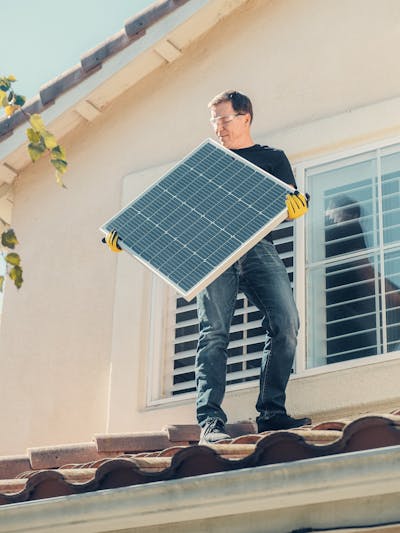 Solar Panel Installation Explained
Solar Panel Installation Explained
Solar panel installation is the process of installing a solar energy system to generate electricity for your home. The panels are placed on the roof or the ground and angled to capture as much sunlight as possible. Once installed, the energy produced can be used to power your house or stored in a battery for use on cloudy days and at night.
The cost of a solar panel system is determined by the size and number of panels needed for your home’s energy needs. It also varies from place to place due to local installation rates, incentives and rebates.
Installing solar panels can be a great way to save money on your electric bill and reduce your impact on the environment. It’s an investment that will pay off in the long run. However, it’s important to shop around before making a final decision.
Getting your system installed involves a lot of paperwork and requirements. Your installer should be able to walk you through the entire process and explain how it works.
First, your contractor will set up a site visit for an engineer to evaluate the electrical status of your home and make sure that it’s compatible with solar panels. This engineering site visit will be done within a few weeks of signing your contract, but it can vary based on the region and your home’s unique circumstances.
Once the engineers are finished, they’ll be ready to work on your solar panels. They’ll begin by removing any objects that are blocking the sun from your roof. They may also erect scaffolding for safety during the installation process.
Next, they’ll install a mounting system for your solar panels. This will support the base of the panels and be tilted at an angle between 18 to 36 degrees, which allows for maximum exposure to sunlight.
The installation process is completed when the solar panels are connected to the electric wiring and the inverter. The inverter converts the DC power from the solar panels into AC power that can be used to power your home or appliances. This step can take a couple of hours.
Finally, the electrician will connect the system to a meter, which will track how much power your solar panels are producing. It will also be connected to the grid, which will be able to supply your home with power when there isn’t enough available from your solar panel system.
Your solar panels will need to be maintained regularly for optimal performance. During installation, the solar company will provide you with maintenance guidelines and schedule inspections to ensure your panels are in good condition.
It’s best to have your solar panels inspected at least once per year, and even more frequently if they suffer damage during heavy rain or wind storms. This will ensure that your panels are performing at their best and prevent them from losing power.
The cost of a solar panel system ranges from $6 a watt to $8 a watt, according to the Solar Energy Industries Association (SEIA). The price includes the cost of the solar panels and parts, labor costs, permits, and other overhead.